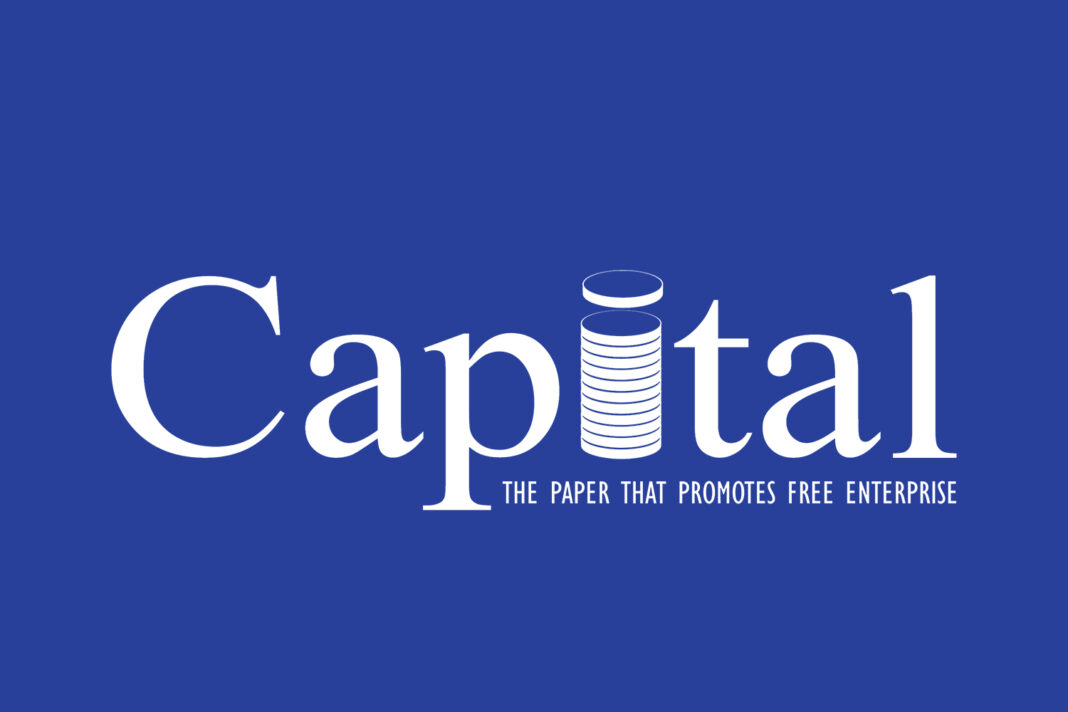Holding IAFS IV before the G20 summit may sound hurried, but it is perhaps the best way to enhance the G20 presidency
Written by Gurjit Singh
With the resurgence in India’s support for the priorities of the Global South, there is an expectation of a revival of institutional arrangements with regional fora. The visit of Prime Minister Narendra Modi to Papua New Guinea in conjunction with his visit to Australia revived the Forum for India-Pacific Islands Cooperation. External Affairs Minister S Jaishankar has revived consultations with the 15-member Caribbean community and the eight-member SICA of Central America. He has recently been to South Africa and Namibia and last month to Uganda, Ethiopia and Mozambique.
The most visible aspect of India’s cooperation with the Global South is its engagement with Africa. After three India Africa Forum Summits in 2008, 2011 and 2015, the fourth has been considerably delayed due to the pandemic. This upset the scheduling of summits that the African Union had envisaged. Now that the AU is holding summits with its partners, it is time for India to hold IAFS IV during its G20 presidency in 2023.
Holding IAFS IV before the G20 summit may sound hurried, but it is perhaps the best way to enhance the G20 presidency. It is preferable to do it in a functional manner. But how can this be done practically?
First, it is Africa’s turn to host IAFS. The first and third summits were in India, while the second was in Addis Ababa, the seat of the AU Commission. Three years ago, the AU had recommended holding the IAFS IV in Mauritania. But, Mauritania does not have the facilities for a large summit. Discussions have shifted now to find a viable host location. Did the external affairs minister during his visits to African countries bring up the search for a host? I believe that Addis Ababa is the best suited for this task as it has the facilities for holding such large summits.
Second, the size of the fourth summit. The first two summits were held under the Banjul formula with 15 African countries and the AU Commission participating. At IAFS III a massive event for all 54 African countries was held. The IAFS has a three-tier platform of the AU, the eight regional economic communities of Africa and important bilateral participants. The options are whether to invite all African countries or return to the Banjul formula. A large summit is time-consuming and is best used when inviting leaders to India. When holding the summit in Africa, the Banjul formula of engaging 15 countries is more manageable. It abides by the AU principles and would serve the purpose of handling IAFS IV efficiently and quickly.
Third, who will attend the summit. The Banjul format has permanent and rotational members. The five permanent members are the founders of the New Economic Partnership for African Development. South Africa, Nigeria, Senegal, Algeria and Egypt are important countries, but lack adequate regional representation from all parts of Africa; the Regional Economic Communities (REC) provide that balance. Africa has more than 40 such communities with overlapping memberships. When the AU emerged in 2002, it recognised eight RECs. The countries which chair these eight are invited.
Further, the current chair of the AU is invited along with the immediate past chair making it a total of 15 countries. The AU Commission is the 16th participant. Some countries may hold two positions in this framework, effectively reducing the number. At IAFS II it was decided to seek adequate participation by inviting the deputy chair of the REC whose chairman also had another hat.
The five permanent invitees have frequent interaction with India. The Banjul format increases interaction with countries which are not normally on the horizon of bilateral engagements. An example of this is Comoros, which is now chairing the AU on behalf of Eastern Africa. Comoros is a strategically important country, but engagements with it are rare.
If the Banjul format is followed, which countries are expected to participate in IAFS IV if held this year?
The five permanent invitees should be there. The South African president is having a rough political ride. Nigeria has a new president. Senegal has an established president in Mackey Sall, who chaired the AU effectively in 2022, but faces internal turmoil presently. Algeria and Egypt have steady leaders, though their record in participating at IAFS is inconsistent. The AU Chair Comoros and Senegal as the past chair are part of the format. The AUC is represented by Moussa Faki Mahamat, the second-term chairperson from Chad. He and the president of Comoros are also the African nominees to represent the AU at the G20 summit in September. Egypt and Nigeria are invited as guests to G20 by India.
There are eight other representatives who would be invited. The seven-member East African Community is currently chaired by Burundi. The 19-member COMESA is chaired by Madagascar. The Democratic Republic of Congo is the current chair of the Economic Community for Central African States and the 15-member Economic Commission for West African States (ECOWAS) is chaired by Guinea-Bissau.
The largest REC is the 29-member CENSAD. It was dormant and is being revived. The chair is Niger. The eight-member Inter-Governmental Authority on Development for the Horn of Africa is chaired by Sudan, which is currently in the throes of civil war. A separate stable country from its fold, like Kenya or Uganda, should be invited.
The eighth REC is the five-member dysfunctional Arab Maghreb Union. It is the smallest, but the most fractious due to differences between Algeria and Morocco. It is unclear who chairs this organisation since no summit has been held for years. Inviting Morocco will be the best since Algeria and Egypt are already on the list.
This format, along with locating the summit in Addis Ababa will be a feasible way forward. It will augment India’s G20 presidency in real terms.
The Indian Express





